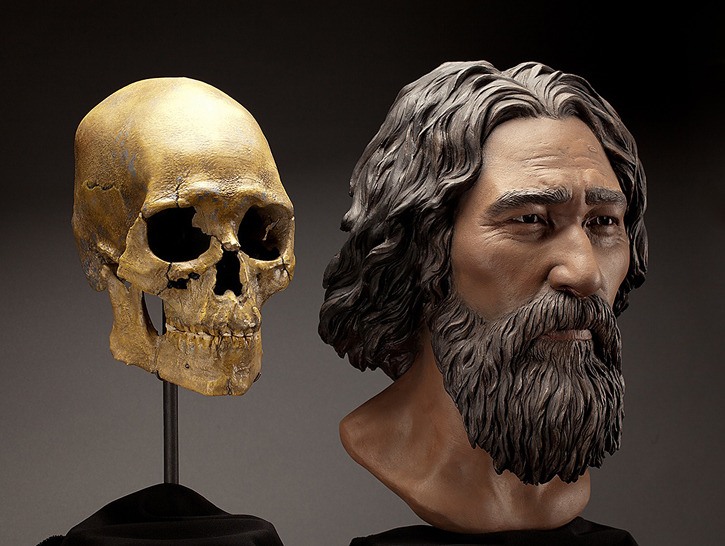VICTORIA – My Christmas reading included a fascinating new book called Kennewick Man, a study of skeletal remains discovered in 1996 on the bank of the Columbia River in eastern Washington.
He was an ancient hunter buried by human hands just south of B.C. almost 9,000 years ago, in the Early Holocene period following the last Ice Age. Among the oldest humans found along the West Coast of North America, he sparked an unprecedented battle by the Smithsonian Institution to examine the skeleton and publish the book late last year.

The most controversial evidence came from the skull. It doesn’t match the classic Mongoloid profile of modern aboriginal people, key to the theory that the earliest humans reached North America by land bridge from Siberia to Alaska as glaciers receded.
Smithsonian scientists confirmed initial reports that Kennewick Man is a closer match with early Polynesians, and the Ainu people who remain in Japan today. He lived until about age 40, surviving for years with a stone spear point stuck in his hip.
The authors conclude from chemical analysis that “Kennewick Man could not have been a long-time resident of the area where he was found, but instead lived most of his adult life somewhere along the Northwest and North Pacific coast where marine mammals were readily available.”
This suggests migration by sea, perhaps from a great distance.
The U.S. Army seized the skeleton. The scientists sued and eventually won the right to a brief examination. The court case exposed brutal and illegal actions of the U.S. Army Corps of Engineers and federal departments to destroy the site and intimidate the scientists.
U.S. law demanded all remains from before European settlement be repatriated for burial by local tribes, without examination.
Umatilla tribe spokesman Armand Minthorn wrote in 1996: “We view this practice as desecration of the body and a violation of our most deeply-held religious beliefs.
“From our oral histories, we know that our people have been part of this land since the beginning of time. We do not believe that our people migrated here from another continent, as the scientists do.”
The head of the Society for American Archaeology tried to get the researchers to drop their lawsuit, fearing it would interfere with fragile relationships with area tribes.
The U.S. Justice Department warned the Smithsonian that lead scientist Douglas Owsley and others might be in criminal conflict of interest as federal employees suing the government. Even the White House weighed in against them.
Meanwhile the skeleton was mishandled and later stored in substandard conditions at a Seattle museum, where it remains today. Parts of both femurs were lost, and scientists were falsely accused of taking them. They had been removed by tribal representatives and secretly buried.
Kennewick Man was found as the army was in tense negotiations with tribes on salmon fishing rights on the Columbia, their demand for removal of dams, and the $100 billion cleanup of the Hanford nuclear site.
The scientists finally won their case in 2004, with a ruling that the skeleton is so old there isn’t enough evidence to show it is related to the current tribes. The judge found the army repeatedly misled the court, and assessed the government $2.4 million in costs.
The U.S. Army still controls the skeleton and denies requests for further study. The spear point, for example, could show the location where he was injured.
One final irony. Analysis shows Kennewick Man ate mostly salmon in his later years, around 6300 BCE. These are the salmon runs wiped out by dams built by U.S. Army engineers before the signing of the Columbia River Treaty with B.C.
Tom Fletcher is legislature reporter and columnist for Black Press. Follow on Twitter: @tomfletcherbc
